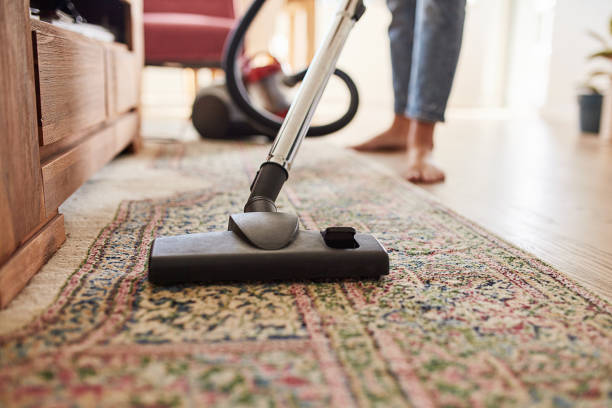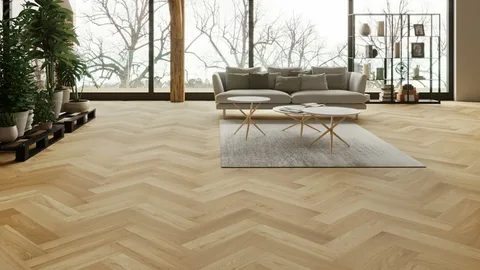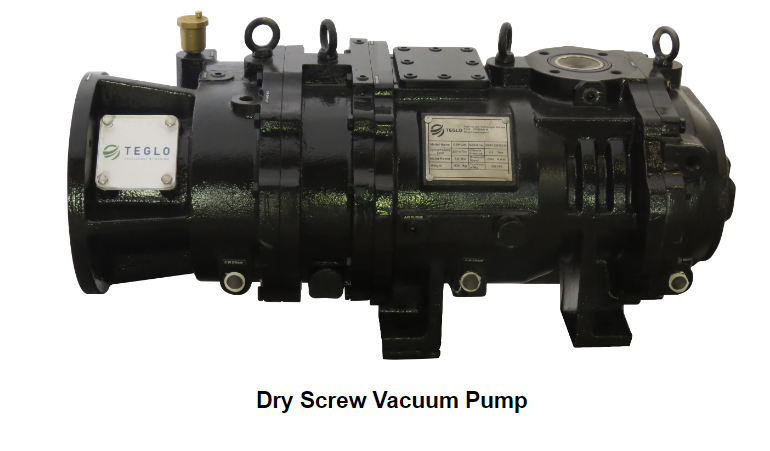
Underfloor heating is becoming an increasingly popular option for many homeowners due to its efficiency and ability to provide uniform warmth throughout a space. However, questions often arise regarding the compatibility of various flooring materials with underfloor heating systems. One common query is whether carpet mats, particularly those designed for specific areas like the living room, can be used with these systems. This article delves into the intricacies of using carpet mats with underfloor heating, addressing key considerations and providing practical guidance.
Understanding Underfloor Heating Systems
Underfloor heating (UFH) systems work by circulating warm water through pipes or using electric heating elements installed beneath the floor surface. These systems can be categorized into two main types: wet (hydronic) and dry (electric) systems.
- Wet Systems: These involve a network of pipes through which warm water circulates, providing heat. They are usually more complex to install but are highly efficient and suitable for larger areas.
- Dry Systems: These use electric heating elements, which are easier to install and are ideal for smaller areas or retrofitting existing spaces.
Both systems offer the advantage of consistent, even heat distribution, eliminating cold spots and contributing to a more comfortable living environment.
Compatibility of Carpet Mats with Underfloor Heating
When considering carpet mats for living room areas equipped with underfloor heating, it is crucial to understand how different materials interact with the heat source. Carpets, in general, act as insulators, which can affect the efficiency of underfloor heating systems. However, the key lies in selecting the right type of carpet and underlay to ensure optimal performance.
Factors to Consider
-
Thermal Conductivity: The primary consideration is the thermal conductivity of the carpet and underlay. Materials with higher thermal conductivity allow heat to pass through more effectively, enhancing the efficiency of the underfloor heating system.
-
Thickness and Density: Thicker carpets and dense underlays can significantly impede heat transfer. It is advisable to choose thinner carpets and underlays designed specifically for use with underfloor heating.
-
Material: Natural materials like wool have different thermal properties compared to synthetic materials like nylon or polyester. Generally, synthetic carpets with low tog ratings (a measure of thermal resistance) are more suitable for use with underfloor heating.
-
Tog Rating: The combined tog rating of the carpet and underlay should ideally be below 2.5 to ensure efficient heat transfer.
Selecting the Right Carpet Mats
Choosing the right carpet mats for living room spaces with underfloor heating involves balancing aesthetics, comfort, and functionality. Here are some tips to help you make an informed decision:
Carpet Mats Designed for Underfloor Heating
Several manufacturers produce carpet mats specifically designed for use with underfloor heating systems. These products typically feature:
- Low Tog Ratings: Ensuring minimal thermal resistance and efficient heat transfer.
- Suitable Materials: Often made from synthetic fibers that conduct heat better than natural fibers.
- Appropriate Thickness: Designed to be thin enough to allow heat to pass through without significant loss of efficiency.
Carpet Retro Options
For those who appreciate a vintage or retro aesthetic, it is still possible to find carpet retro options compatible with underfloor heating. Here’s what to consider:
- Material and Construction: Look for retro-style carpets made from synthetic fibers with low tog ratings.
- Pattern and Design: Retro carpets often feature bold patterns and vibrant colors. Ensure that the carpet’s design does not compromise its suitability for underfloor heating.
- Manufacturer Guidelines: Always check the manufacturer’s recommendations regarding the compatibility of their retro carpet products with underfloor heating systems.
Installation Considerations
Proper installation is crucial to ensure the effectiveness and longevity of both the carpet mats and the underfloor heating system. Here are some key points to keep in mind:
Preparing the Subfloor
- Clean and Smooth Surface: Ensure the subfloor is clean, dry, and free from any debris that could damage the heating elements or impede heat transfer.
- Insulation: Proper insulation beneath the heating system can prevent heat loss and improve efficiency. However, it should not interfere with the installation of the carpet mats.
Installing the Heating System
- Even Distribution: Ensure the heating elements or pipes are evenly distributed to avoid hot and cold spots on the floor.
- Manufacturer Instructions: Follow the heating system manufacturer’s instructions carefully to ensure safe and effective installation.
Laying the Carpet Mats
- Appropriate Underlay: Use an underlay specifically designed for use with underfloor heating. This will help maintain efficient heat transfer.
- Professional Installation: Consider hiring a professional installer with experience in working with both carpet mats and underfloor heating systems to ensure optimal results.
Benefits of Using Carpet Mats with Underfloor Heating
When correctly selected and installed, carpet mats can complement underfloor heating systems, providing several benefits:
Enhanced Comfort
Carpet mats add an additional layer of comfort underfoot, making living spaces feel cozier and more inviting. The combination of underfloor heating and carpet mats ensures a warm and comfortable environment.
Improved Energy Efficiency
Using the right type of carpet mats can enhance the energy efficiency of underfloor heating systems. By allowing efficient heat transfer, these mats help maintain desired temperatures with less energy consumption.
Aesthetic Appeal
Carpet mats are available in a wide range of styles, colors, and patterns, including carpet retro designs. This allows homeowners to achieve their desired aesthetic while still benefiting from the advantages of underfloor heating.
Common Misconceptions
There are several misconceptions regarding the use of carpet mats with underfloor heating. Addressing these can help homeowners make more informed decisions:
Myth: Carpets Completely Block Heat Transfer
While it is true that carpets act as insulators, this does not mean they completely block heat transfer. By selecting carpets with low tog ratings and suitable materials, efficient heat transfer can still be achieved.
Myth: All Carpets Are Suitable for Underfloor Heating
Not all carpets are suitable for use with underfloor heating systems. It is important to choose carpets specifically designed for this purpose, considering factors like thermal conductivity and tog ratings.
Myth: Underfloor Heating Damages Carpets
When installed and used correctly, underfloor heating should not damage carpets. In fact, many carpet manufacturers offer products specifically designed for compatibility with underfloor heating.
Maintenance and Care
Maintaining carpet mats in living rooms with underfloor heating involves regular cleaning and periodic checks to ensure both the carpet and heating system remain in good condition:
Regular Cleaning
- Vacuuming: Regular vacuuming helps remove dirt and debris that can accumulate in carpet fibers, maintaining their appearance and longevity.
- Spot Cleaning: Address spills and stains promptly to prevent permanent damage.
Periodic Checks
- System Inspection: Periodically check the underfloor heating system to ensure it is functioning correctly and efficiently.
- Carpet Condition: Inspect the carpet mats for signs of wear or damage that could affect their performance or compatibility with the heating system.
Conclusion
Using carpet mats for living room spaces equipped with underfloor heating systems is entirely feasible, provided the right materials and installation methods are employed. By considering factors such as thermal conductivity, tog ratings, and appropriate installation practices, homeowners can enjoy the combined benefits of warm, comfortable flooring and the aesthetic appeal of carpet mats. Whether opting for modern designs or carpet retro styles, it is possible to achieve both functionality and style without compromising the efficiency of underfloor heating systems.







